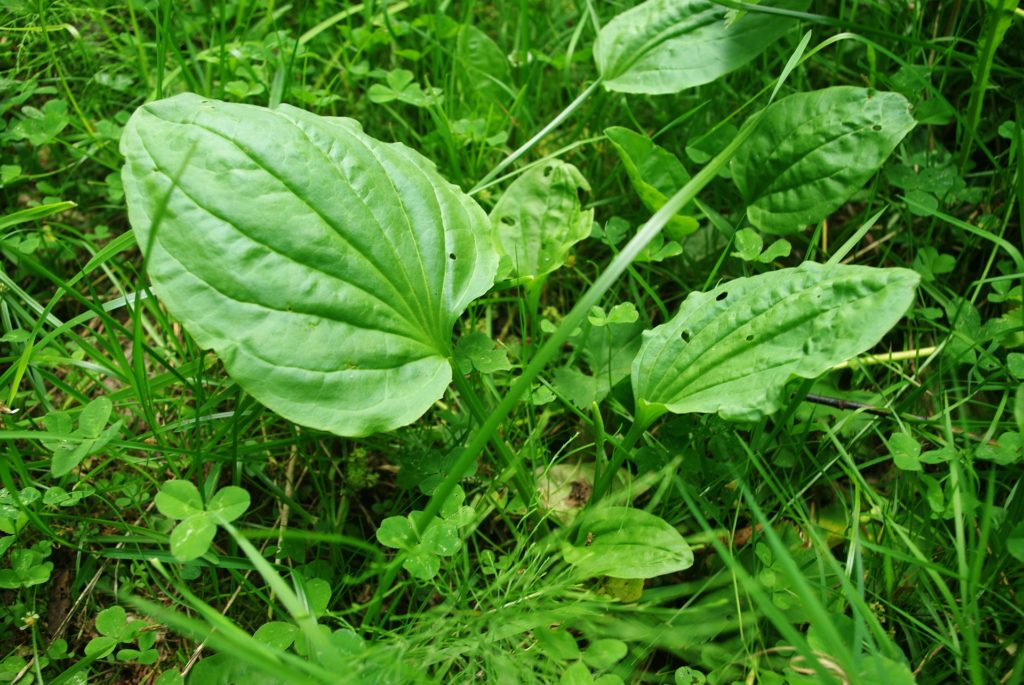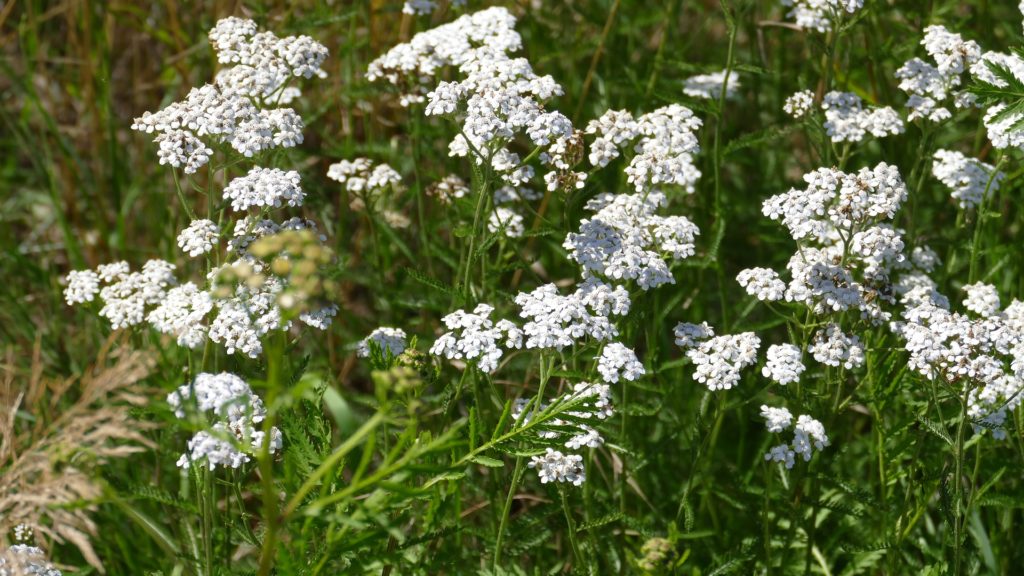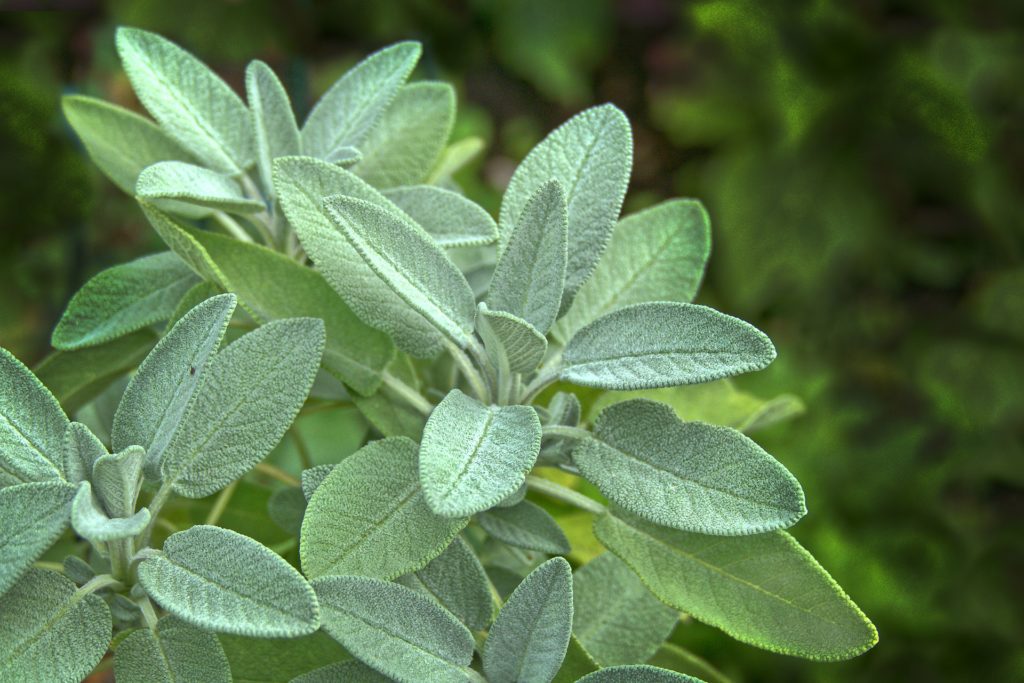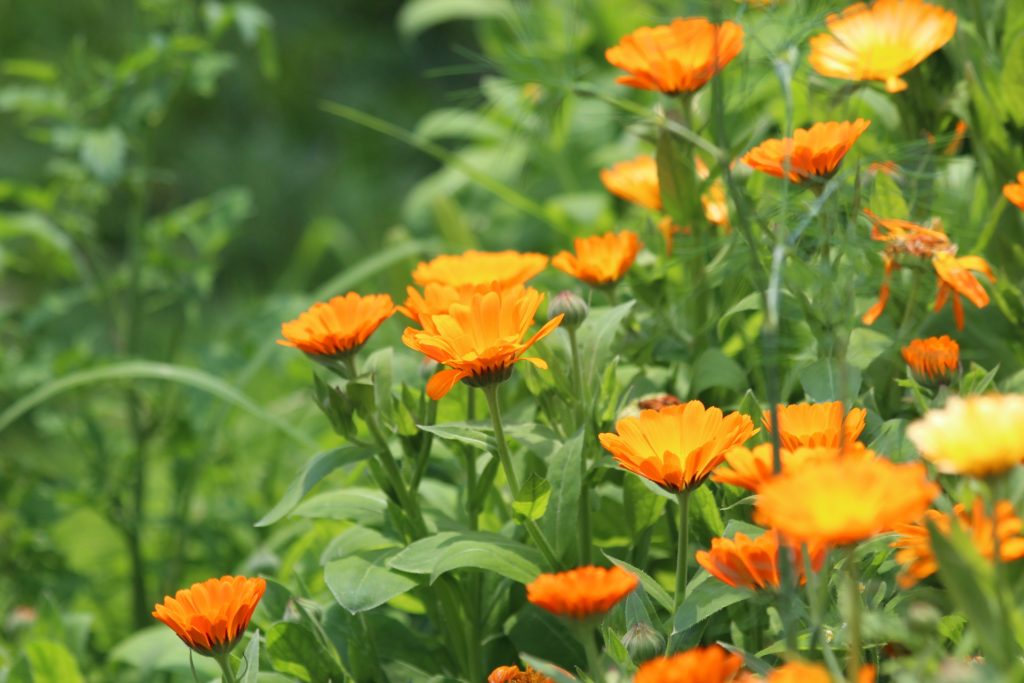Whether you bought your gun for self defense or just for fun to shoot at the range, all first-time gun owners should make sure to have some of the same essential equipment. Part of being a responsible gun owner is making sure you protect yourself as well as others when using your firearm. Whether it’s for practice or a worst-case scenario, each of these accessories are a definite must for all gun owners. And the good news? Most of these accessories (if not all) won’t break the bank.
Regular accessories:
A cleaning kit – Not cleaning your gun regularly will increase the risk of damaging your firearm, or at the minimum potentially causing it to malfunction or misfire. That can be very dangerous. If a casing chips when you fire it, debris can slowly build up in the chamber of the gun — which needs to be properly cleaned. It’s important to have a good gun cleaning kit with a variety of options, and it’s even better if you can find one specifically for handguns or your type of gun. Read our previous article about cleaning your gun here.
A good holster – This is a must for any gun owner who bought a handgun specifically for concealed carry. Not only is it important to have a good holster that keeps your gun safe and hidden, but it’s also important to have a holster that’s comfortable enough you won’t mind wearing it for extended periods of time. There are even holsters specially designed for hiding in purses and special concealed carry clothing, too. This one is definitely not to be overlooked.
A good quality safe – While a safe might not be on the top of your list if you are a single person living alone, it can still be a good idea for added protection. If you live with other people or your family — and especially if you have kids — a gun safe is a must for safety purposes. Want to know more information about safe storage options at home? Read our previous article here.
Extra magazines – It’s always a good idea to have a few extra magazines ready to go. You might not ever need them, but for the safe of being extra prepared it can be a good couple of useful accessories to have around. Some people carry an extra mag when they carry concealed just to be safe. If anything, it makes for easier loading during practice at the range!
Extra ammo – This might be a no-brainer, but it’s a good thing to say anyway. You don’t want to accidentally run out of ammo when you need it, or get too low! That’s especially true in a self defense situation. Still, how disappointing would it be to go to the store only to find that they’re sold out of your favorite bullets? In general, it’s best to keep some extra just in case.
For shooting at the range and for target practice:
Protection for your eyes and ears – You have some options here, but you’ll definitely need a pair of glasses or goggles and some earplugs or earmuffs for when you practice shooting your firearm. Even if you don’t go to a shooting range specifically, it’s still a safety best practice to cover your eyes and ears when shooting a gun.
Targets – While ranges sometimes have targets to purchase when you go to practice, it’s also best to bring some of your own. If you do you’ll have a variety of different types of targets to keep changing things up, honing your skills, and keeping it from getting repetitive and boring. If you aren’t planning on going to the shooting range to practice then it’s definitely a good idea to have some targets to pin up outside, like if you’re practicing in the country outside city limits. Just make sure you know your city and state laws before you do.
Range bag – It’s always a good idea to have a dedicated space for all your gear! A range bag is essential for keeping all of your shooting equipment in one place. Keep your targets, goggles, earmuffs, and more ready to go. It will make life so much easier than having to re-pack a bag every time you go out shooting.
While not essential, here’s 2 more bonus accessories:
A sight – First off, a sight can be super beneficial when you’re just starting. They aren’t always too expensive and can improve your aim and response time when used correctly. Even pros use sights, so it’s usually worth investing in if you have the time and money.
Insurance – Insurance for using your gun, also called concealed carry insurance or firearm liability insurance, isn’t *quite* an accessory per se, but I do believe it is essential for all carriers who have a gun for self defense purposes. There are lots of different insurance companies, policies, and even memberships that cover (or at least support) gun owners if you ever have to use a gun in self defense. I don’t know about you, but I don’t have hundreds of thousands of dollars to drop in legal fees if I had to defend myself. Even if it’s in self defense, there’s likely to be initial repercussions…so it’s definitely better to be safe rather than sorry.
At the end of the day, making sure you have all of these accessories will keep you fully prepared and ready to go. If you’re new to owning a gun, make sure to add these essential gun accessories to your inventory — they will definitely be worth it!




